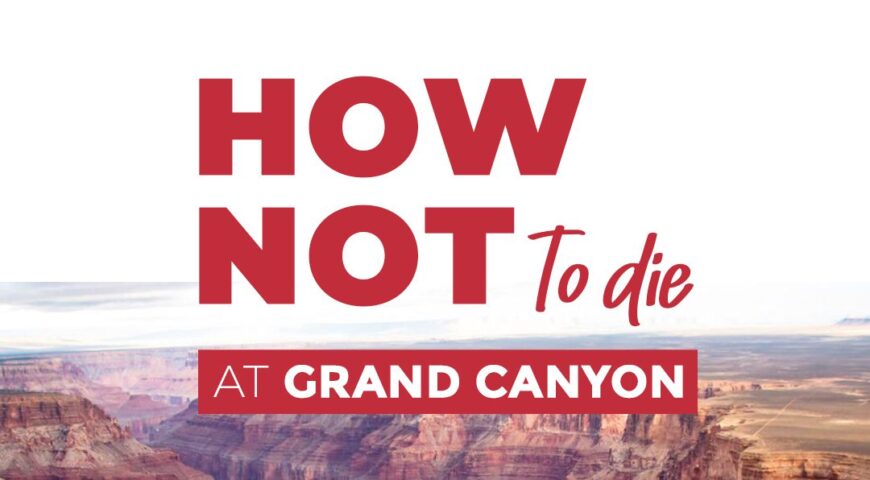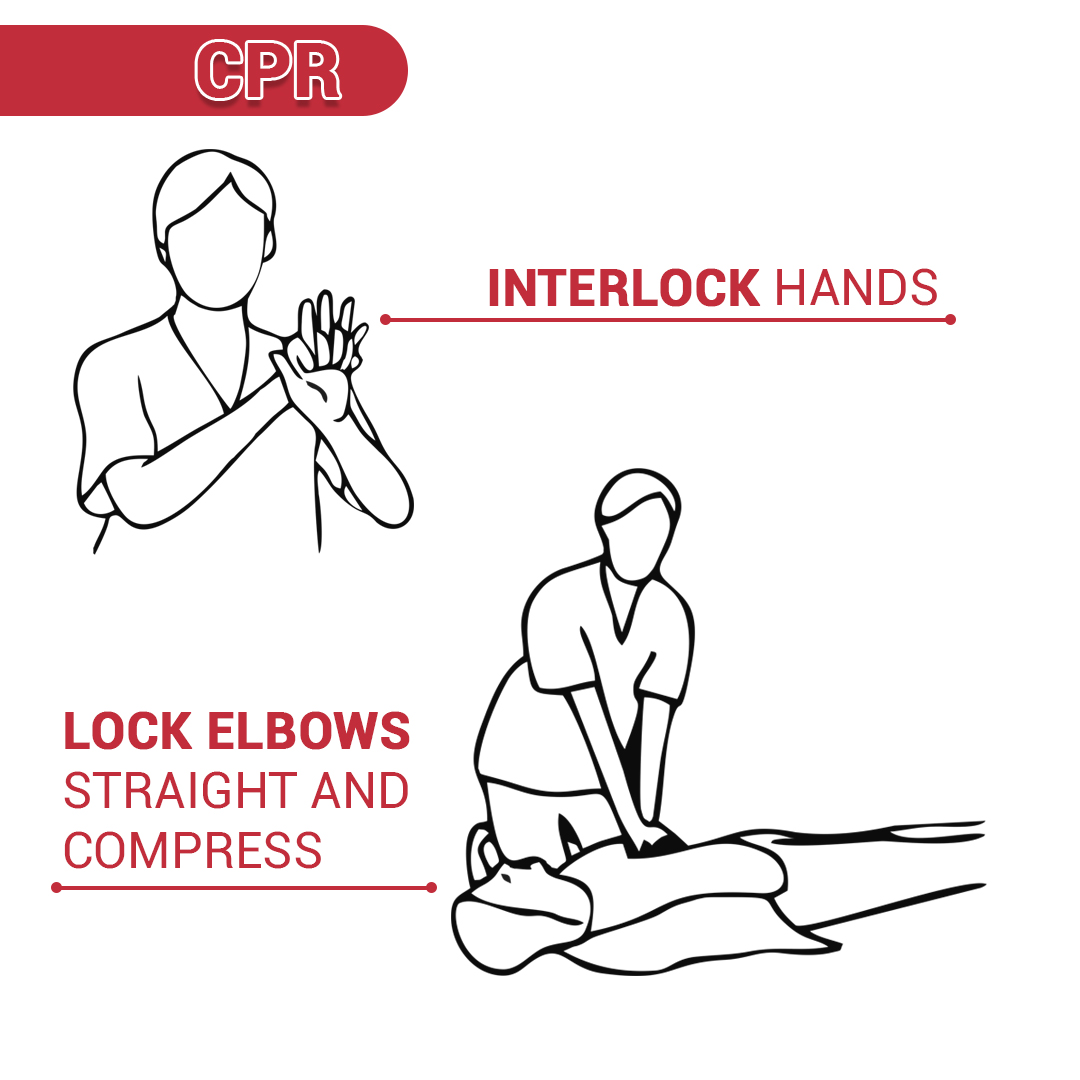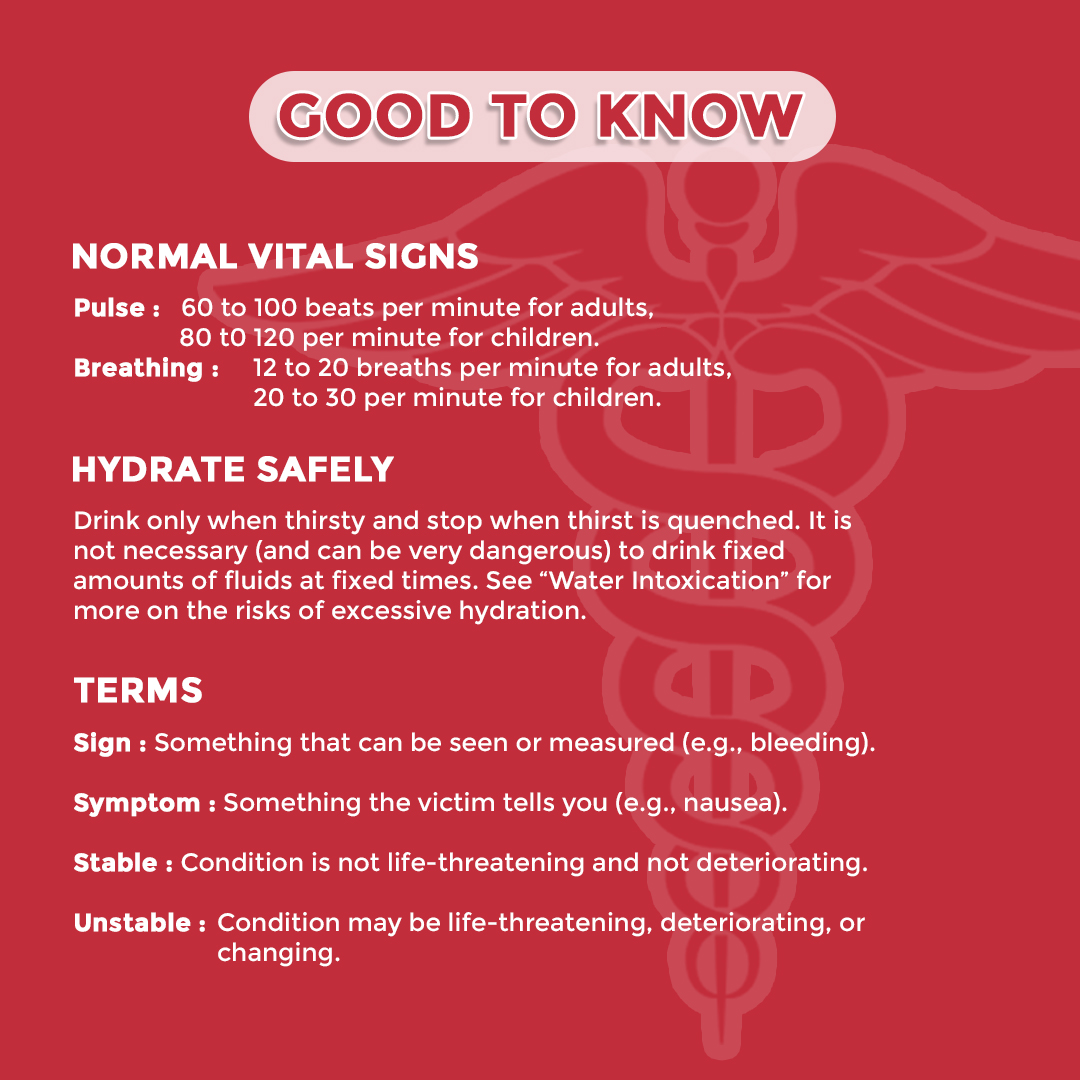
How Not to Die at Grand Canyon Full Guide
Here is the full guide on how not to die at Grand Canyon, by Thomas M. Myers, MD (author of Over the Edge: Death in Grand Canyon). Get your own copy now — Click here.
Table of Contents
What Can Kill You At Grand Canyon?
(in order of likelihood)
Common Causes
1. Heat Illness
2. Traumatic Falls
3. Drowning
4. Heart Attack
5. Flash Floods
6. Cold Exposure
Less Common/Rare Causes
7. Lightning Strikes
8. Falling Rocks, Tree Limbs
9. Water Intoxication (Hyponatremia)
10. Hantavirus
11. Sacred Datura Poisoning
12. Rattlesnake Bites/Scorpion Stings
Hazards and How to Avoid Them
1. Heat Illness
• Avoid potentially deadly dehydration or heat stroke by not hiking in Grand Canyon during the hottest months of the year (May through September) or the hottest times of day (10 AM to 4 PM).
• Wear a hat and protective clothing; use sunscreen.
• Bring adequate water /rehydration fluid appropriate for the time of year and environmental conditions.
• Drink only when thirsty, and stop when thirst is quenched; do not overdrink (see Water Intoxication).
• Rather than overdrink in hot weather, wet down torso, neck, and head when possible to keep your body cool. A cotton shirt retains water and keeps the skin cooler longer.
• Stop, rest, and eat a salty snack often (15 minutes per hour of strenuous hiking), ideally in the shade.
2. Traumatic Falls
• Stay on trails.
• Avoid exposed cliff areas.
• Do not climb or scramble above your skill level.
• Use hiking poles for better balance and wear instep crampons on seasonally ice trails.
• Stop when tired; fatigue increases trip/fall risk.
3. Drowning
• Swimming in the Colorado River is strongly advised against; hazards include extremely cold water (which can trigger a heart attack of hypothermia), strong currents, and possible rapids.
• Wear a correctly fitted and secured life jacket.
• Do not wade more than knee-deep into the current without a life jacket.
• Exercise caution on river ledges near fast-moving water.
4. Heart Attack
• High elevation, steep trails, and seasonal heat make hiking extremely difficult and physically demanding. Accidental swimming in the cold, turbulent Colorado River (e.g., boat flip or falling out of a boat) is also very strenuous. Both increase the risk of a heart attack.
• Those with known heart disease (prior heart attack, heart surgery) or risk factor (age 50+, smoker, diabetic, high cholesterol, family history of heart disease) should get medical clearance from a cardiologist and a cardiac stress-test before hiking or boating in Grand Canyon.
5. Flash Floods
• Avoid hiking or camping in narrow (“slot”) canyons or drainage bottoms in rainy or wet weather, particularly during monsoon season (late June through mid-September).
• Watch for signs of flash flooding, including creek water turning muddy, water flowing in previously dry washes, a sudden earthy smell in the air, or animals hurrying down-canyon.
• If you hear a loud roar while in a canyon bottom, seek higher ground immediately; a flash flood may becoming.
6. Cold Exposure
• Cold-weather gear is required when hiking/backpacking from November through March.
• For emergencies only, carry fire-starting equipment. Otherwise, fires are prohibited inside the park.
7. Lightning Strikes
• Avoid exposed cliff edges and open spaces during lightning storms.
• Avoid rocky outcrops, lone trees, tall trees, poles, metal railings, and water.
• If in an open space, crouch on the balls of your feet with heels touching; keep your head down and your hands over your ears. Do not lie flat or touch the ground with your hands.
8. Falling Rocks, Tree Limbs
• Pay attention to your surroundings.
• Avoid camping near or under trees with dead limbs, especially in windy weather, or under loose-rock cliff faces, especially in stormy weather.
9. Water Intoxication (Hyponatremia)
• Avoid dangerous drop in blood sodium (dilution of salt) by not overdrinking.
• Drink only when thirsty; stop when thirst is quenched. It is not necessary (and can be dangerous) to drink fixed amounts of fluids at fixed times.
• Eat salty snacks about every 15 minutes per hour of strenuous hiking. (Not eating increases the risk of hyponatremia).
• Excessive or frequent voiding of clear urine is a common sign that you’re drinking more than you need.
• Note that although fatalities are rare, you are ten times more likely to be hospitalized for hyponatremia than for heatstroke.
10. Hantavirus
• Avoid acquiring this deadly lung infection (caused by inhaling the virus often found in deer mouse feces) by not scrambling in caves or old buildings with rodent droppings.
• Avoid kicking up dust in rodent middens.
• Follow up with your doctor if you develop breathing problems, shortness of breath, or a bad cough, even weeks after potential exposure.
11. Sacred Datura Poisoning
• Learn to recognize the plant (large leaves, trumpet-like flowers).
• Don’t handle or consume any part of the plant, especially the seed pod. All parts of the Sacred Datura plant are toxic to the nervous system. As little as one-quarter teaspoon of its seeds may be deadly.
12. Rattlesnake Bites/Scorpion Stings
• Don’t handle these venomous creatures, or attempt to move (or kill) them!
• Shake out your shoes and bedding before use or packing away.
• Don’t stick your hands or feet into places you can’t see.
Medical Emergencies: Stop, Scan, Respond
1. Scan the scene for potential dangers. Do not put yourself or others at risk in order to rescue someone! Make sure the scene is safe before providing assistance.
2. Do a quick assessment. If the victim is unconscious (cannot be roused by painful stimuli) and does not appear to be breathing:
• Call 911 or send for help immediately.
• Carefully roll victim onto back on a flat surface.
• Start chest compressions (“Hands-Only” CPR). For teens and adults, place crossed hands in the center of chest, push down hard, compressing the chest by about one-third its depth at a rate of 100 compressions per minute. Push hard and fast! (For small children, toddlers, and infants, use one hand or fingers.)
• For those trained in providing rescue breathing, give 2 breaths for every 30 compressions.


• Cover wound with clean cloth or gauze dressing and apply direct pressure until bleeding stops. If available, wear gloves or improvise with plastic bags.
• Wrap continuously bleeding wounds with a pressure dressing. Avoid wrapping too tightly; if extremity becomes cold, bluish, or numb, or pain worsens, loosen dressing.
• For severe bleeding (spurting blood or limb amputation) that cannot be immediately controlled with direct pressure, apply a tourniquet, which can be improvised from a long and wide (2” to 3”) piece of soft material or a belt.

Thomas M. Myers, MD — A physician at Grand Canyon Clinic since 1990, Tom has treated thousands of canyon visitors and residents. He has devoted much of his medical career to understanding, treating, and preventing medical problems for those who explore the region and is the co-author of the award-winning book, Over the Edge: Death in Grand Canyon.
© 2020 Grand Canyon Conservancy
Text © 2020 Thomas M. Myers
ALL RIGHT RESERVED.
Printed in the United States of America
Editing: Susan Tasaki Design: David Jenney Design
Photos: Bronze Black, Adam Schallau (cover composite); Randy Prentice (heat illness); Kerrick James (drowning); all other NPS.
Safety is an important concern in all outdoor activities, and users of this pocket guide are fully responsible for their own well-being. This guide is intended to provide general information and guidance with regard to the treatment of injury or illness when professional medical attention is not readily available. The author and publisher disclaim and are in no way responsible or liable for any loss, damage, or disruption caused by the use or misuse of the information contained herein.

Post Office Box 399,
Grand Canyon, AZ 86023
grandcanyon.org


